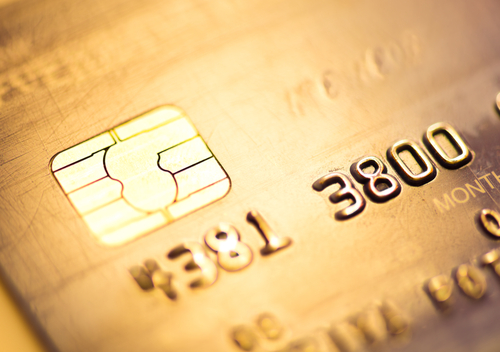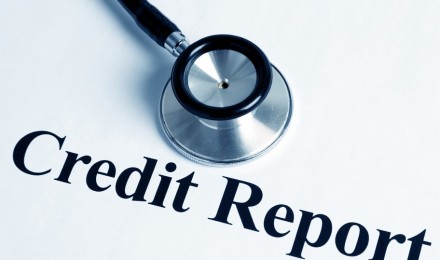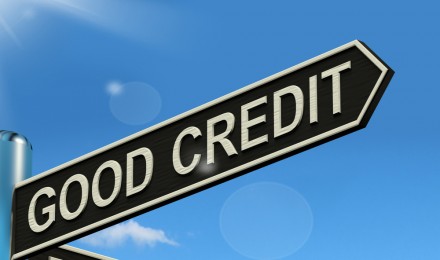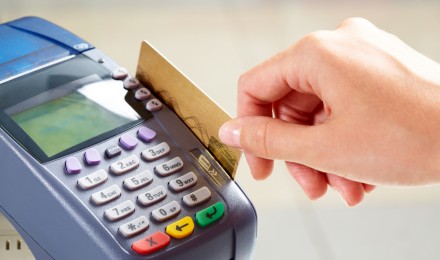Some people with bad credit never apply for new lines of credit. They may assume that creditors will reject their application, or approve the application and charge a ridiculously high interest rate. Having bad credit limits your credit options, but you can apply and get approved for credit cards with bad credit. Getting your foot in the door involves applying with the right creditors.
Several creditors are eager to help you overcome bad credit. They have credit cards for people with no credit history and bad credit. Bad credit can stem from a variety of situations. Perhaps you lost your job and fell behind on payments, or maybe you have a bankruptcy or foreclosure in your past. Regardless of the circumstances that led to a poor credit rating, bad credit doesn’t last forever. Applying for a bad credit credit card and improving your credit habits will improve your score and increase your credit options.
Steps to Getting a Credit Card With Bad Credit
1. Open a checking or savings account. Some creditors require a checking or savings account. Having a bank account in your name is a sign of stability, and your credit card application will inquire about existing accounts. You can open an account with a credit union or local bank.
2. If your bank or credit union offers credit cards, apply for a credit card with this institution. Since you have a history with the company, it might be easier to qualify for a line of credit. Talk to a bank representative to discuss your options. Two options for bad credit include a secured credit card or a high-rate unsecured credit card.
3. Understand your options. If you decide to apply for a secured credit card, be prepared to pay a security deposit to your financial institution. This deposit is a type of collateral, and the amount you give your bank or credit union will equal the credit limit on your credit card. Secured credit cards are the easiest type of credit cards to get with bad credit, but not all banks or credit unions offer these types of accounts. Security deposits are a minimum of $200 (on average).
If your bank or credit union does not offer secured credit cards, apply for a bad credit credit card. You will pay a high finance rate — as high as 35%, plus a high annual fee. While the terms are less than desirable, an unsecured credit card helps rebuild your credit history. Pay off your balances in full each month and you avoid excessive finance fees. Unsecured credit cards for bad credit feature low credit limits, but your creditor may increase your limit after several months of timely payments.
Bottom Line
A low credit score closes the door on favorable credit terms, and you will pay more for credit cards and loans. But this shouldn’t discourage you from applying for a credit card with bad credit. A bad credit credit card is your ticket to a better credit score. Pay your bills on time and keep your balance at less than 30% of your credit limit. The sooner you get your finances under control, the sooner you can reverse bad credit.
Some people with bad credit never apply for new lines of credit. They may assume that creditors will reject their application, or approve the application and charge a ridiculously high interest rate. Having bad credit limits your credit options, but you can apply and get approved for credit cards with bad credit. Getting your foot in the door involves applying with the right creditors.
Several creditors are eager to help you overcome bad credit. They have credit cards for people with no credit history and bad credit. Bad credit can stem from a variety of situations. Perhaps you lost your job and fell behind on payments, or maybe you have a bankruptcy or foreclosure in your past. Regardless of the circumstances that led to a poor credit rating, bad credit doesn’t last forever. Applying for a bad credit credit card and improving your credit habits will improve your score and increase your credit options.
Steps to Getting a Credit Card With Bad Credit
1. Open a checking or savings account. Some creditors require a checking or savings account. Having a bank account in your name is a sign of stability, and your credit card application will inquire about existing accounts. You can open an account with a credit union or local bank.
2. If your bank or credit union offers credit cards, apply for a credit card with this institution. Since you have a history with the company, it might be easier to qualify for a line of credit. Talk to a bank representative to discuss your options. Two options for bad credit include a secured credit card or a high-rate unsecured credit card.
3. Understand your options. If you decide to apply for a secured credit card, be prepared to pay a security deposit to your financial institution. This deposit is a type of collateral, and the amount you give your bank or credit union will equal the credit limit on your credit card. Secured credit cards are the easiest type of credit cards to get with bad credit, but not all banks or credit unions offer these types of accounts. Security deposits are a minimum of $200 (on average).
If your bank or credit union does not offer secured credit cards, apply for a bad credit credit card. You will pay a high finance rate — as high as 35%, plus a high annual fee. While the terms are less than desirable, an unsecured credit card helps rebuild your credit history. Pay off your balances in full each month and you avoid excessive finance fees. Unsecured credit cards for bad credit feature low credit limits, but your creditor may increase your limit after several months of timely payments.
Bottom Line
A low credit score closes the door on favorable credit terms, and you will pay more for credit cards and loans. But this shouldn’t discourage you from applying for a credit card with bad credit. A bad credit credit card is your ticket to a better credit score. Pay your bills on time and keep your balance at less than 30% of your credit limit. The sooner you get your finances under control, the sooner you can reverse bad credit.







